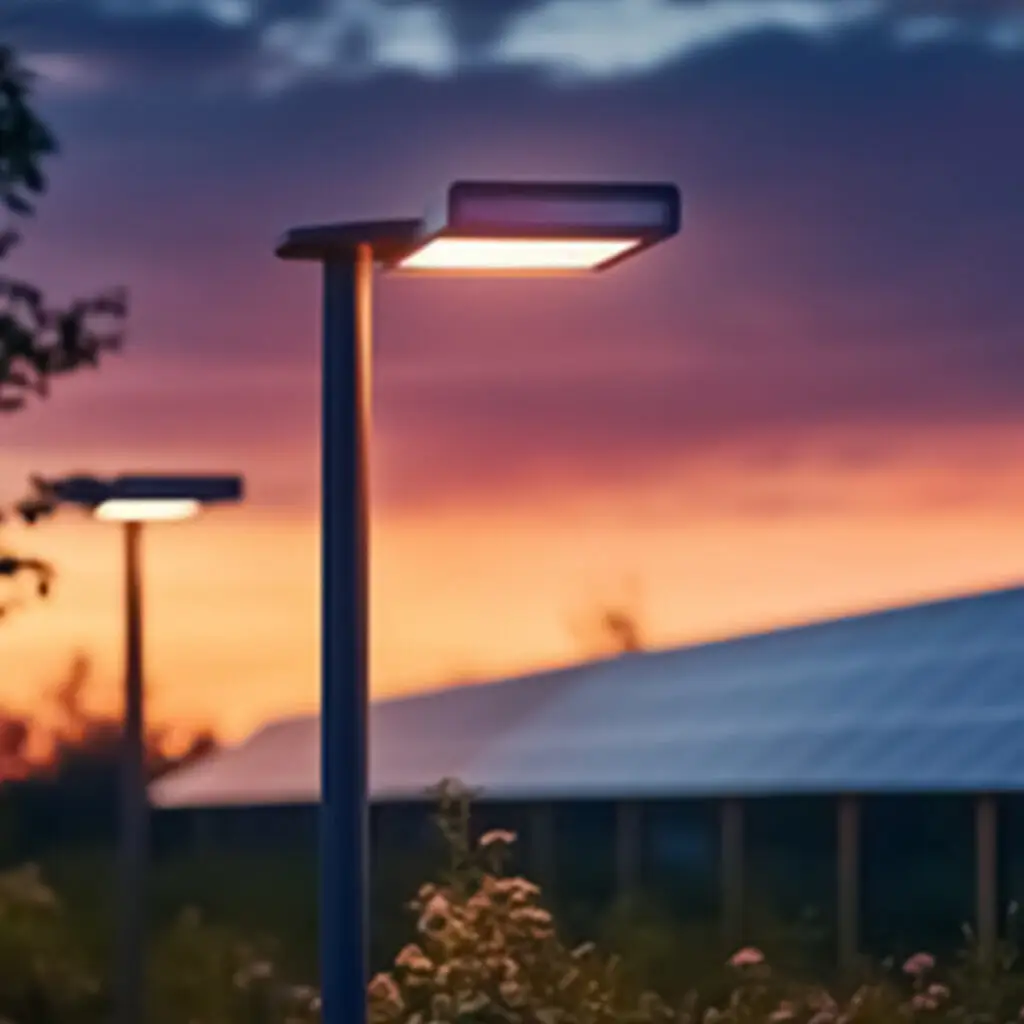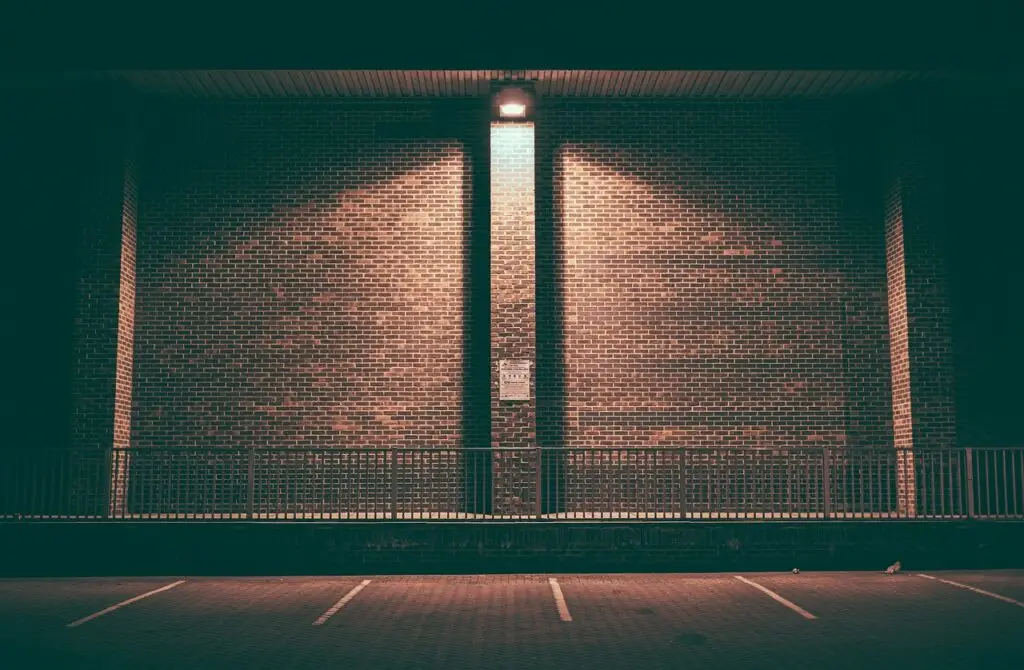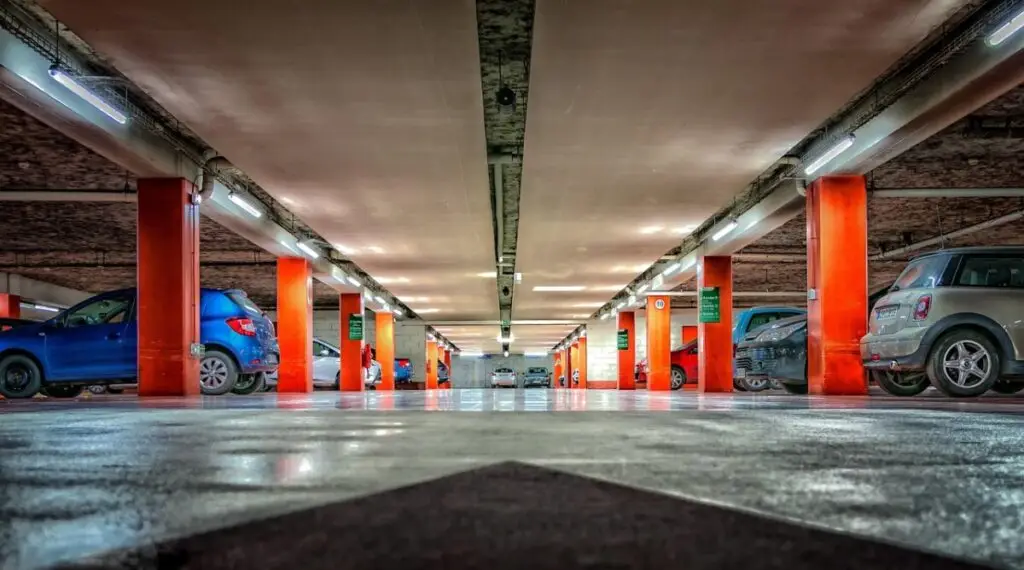How LED Area Lights Save Energy in Outdoor Settings
Introduction
Outdoor lighting plays a crucial role in safety, security, and functionality in both residential and commercial spaces. However, traditional lighting solutions, such as high-pressure sodium (HPS) or metal halide lamps, consume excessive amounts of energy and require frequent maintenance. LED area lights have emerged as the preferred alternative, offering superior energy efficiency, reduced operating costs, and a longer lifespan. This blog explores how LED area lights save energy in outdoor settings and why they are the most effective solution for modern outdoor illumination.
The Energy Efficiency of LED Area Lights
1. Lower Wattage, Higher Output
One of the primary reasons LED area lights are energy-efficient is their ability to produce more lumens per watt than traditional lighting technologies.
- HPS lamps: Require 250-1000W to produce sufficient brightness for parking lots or streets.
- LED area lights: Achieve the same level of illumination using only 50-300W.
- Example: Replacing a 400W metal halide light with a 100W LED fixture can result in 75% energy savings.
2. Directional Lighting Efficiency
Traditional lights emit light in all directions, requiring reflectors or diffusers to focus illumination, leading to significant energy loss. LEDs, however, are naturally directional, ensuring that light is directed precisely where it is needed, minimizing wasted lumens and unnecessary power consumption.
3. Instant-On Capability
Unlike HPS and metal halide lamps that require a warm-up period, LEDs provide instant full brightness when powered on. This capability reduces the time fixtures operate at suboptimal efficiency, leading to further energy savings.
Advanced Features That Enhance LED Efficiency
1. Motion Sensors and Adaptive Controls
Many modern LED area lights include motion sensors and dimming capabilities, allowing fixtures to reduce output when no activity is detected.
- Example: LED streetlights that dim to 30% brightness when the area is unoccupied but increase to full brightness when movement is detected.
- This reduces overall power consumption by up to 40% compared to constant-on lighting.
2. Smart Lighting Integration
Smart LED lighting systems can be integrated with IoT (Internet of Things) technology for remote monitoring and control. Features such as automatic dimming and scheduled on/off times further enhance efficiency.
- Example: A smart lighting system in a business district can adjust brightness levels based on real-time traffic patterns, reducing energy use during off-peak hours.
3. Solar-Powered LED Options
Pairing LED area lights with solar panels eliminates grid dependency and significantly reduces electricity costs. Solar LED lights store energy during the day and illuminate outdoor spaces at night without using any external power sources.
Long-Term Cost Savings and Environmental Benefits
1. Reduced Maintenance Costs
- Lifespan: LED area lights last between 50,000-100,000 hours, compared to 15,000-25,000 hours for HPS lamps.
- Lower Replacement Frequency: Fewer lamp replacements reduce labor and material costs, leading to long-term savings.
2. Lower Heat Emission
LEDs generate significantly less heat than traditional lighting, reducing the need for additional cooling systems in areas where temperature-sensitive equipment or plants are present.
3. Reduced Carbon Footprint
By cutting electricity usage and decreasing the frequency of light replacements, LEDs contribute to lower CO₂ emissions, aligning with global energy conservation goals.
Future Trends in LED Outdoor Lighting Efficiency
The next generation of LED area lights will continue to push the boundaries of efficiency with:
- AI-powered lighting adjustments that optimize brightness based on foot traffic.
- Advanced photovoltaic technology for more effective solar-powered LED systems.
- Wireless network integration for seamless remote control and analytics.
Conclusion
LED area lights provide significant energy savings by consuming less power, directing light more efficiently, and integrating smart control features. These advantages translate to lower electricity costs, reduced maintenance, and a smaller environmental footprint. As technology continues to advance, LED lighting will remain the gold standard for outdoor energy efficiency, making it the ideal solution for businesses, municipalities, and homeowners looking to upgrade their lighting systems.


